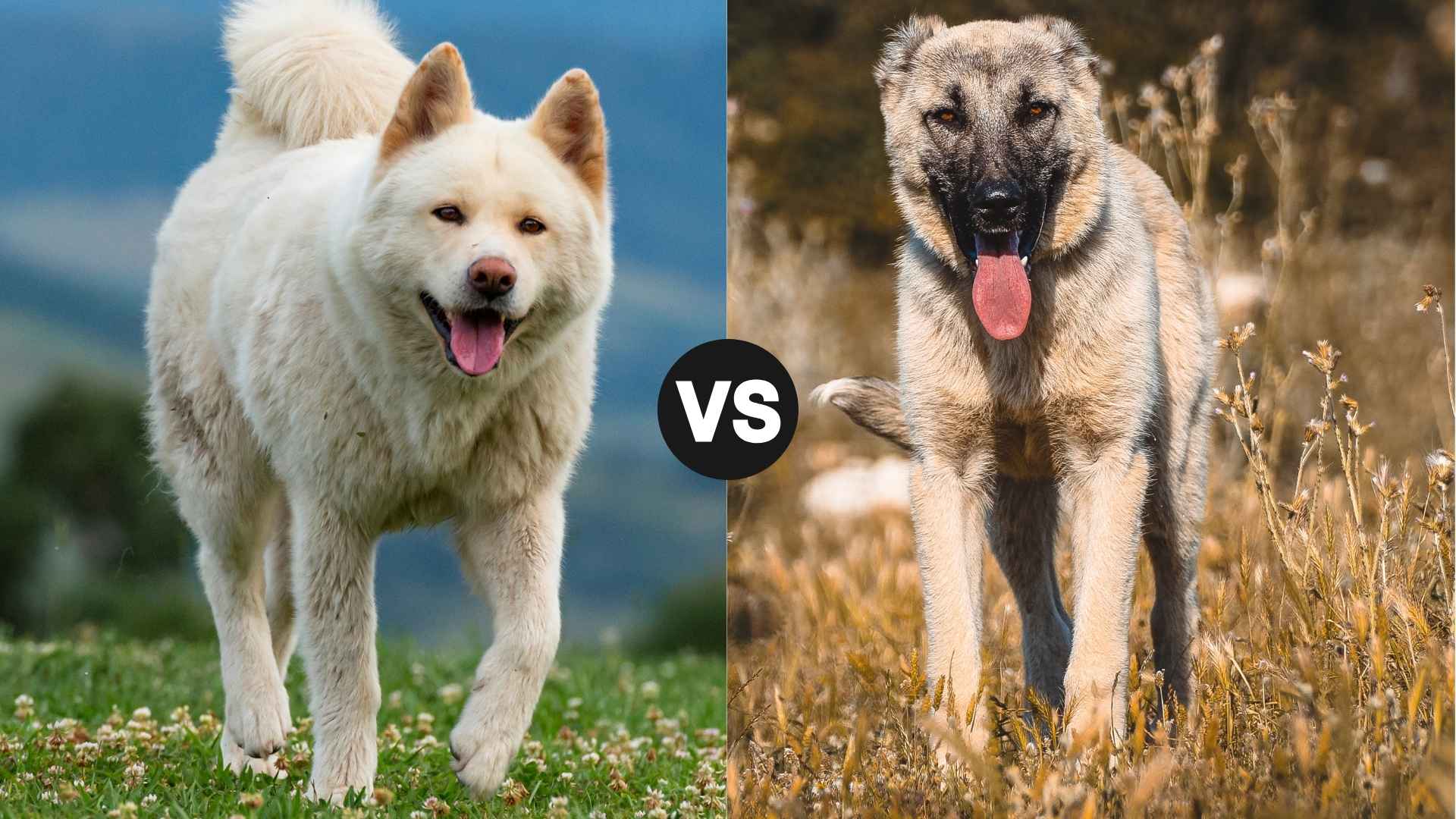Some dogs impress you with tricks. Others do it with presence. The Akita doesn’t chase attention. It carries dignity in its silence. Its stillness can fill a room. The Kangal, on the other hand, was born to face down threats. It doesn’t need to prove anything, because power is already written in how it stands.
These are dogs that don’t need to bark to be taken seriously. There’s no clowning around, no tail-chasing. Just raw instinct and a long, deep history behind both. But don’t be fooled by appearances.
Beneath that calm stare or firm body is a lifetime of purpose, very different purposes. And that’s where it gets interesting. Because what looks similar on the outside can feel completely different in real life.
So, before you decide which of these legends belongs by your side, let’s unpack what really separates the Akita from the Kangal.
Akita vs. Kangal
Akita vs. Kangal: Physical Dimensions and Mass
Size That Commands Respect
The Kangal dog is one of the largest working breeds, known for its powerful frame and imposing presence, as mentioned by Purina. Adult males can stand up to 34 inches at the shoulder. Their sheer size plays a major role in their role as livestock guardians.
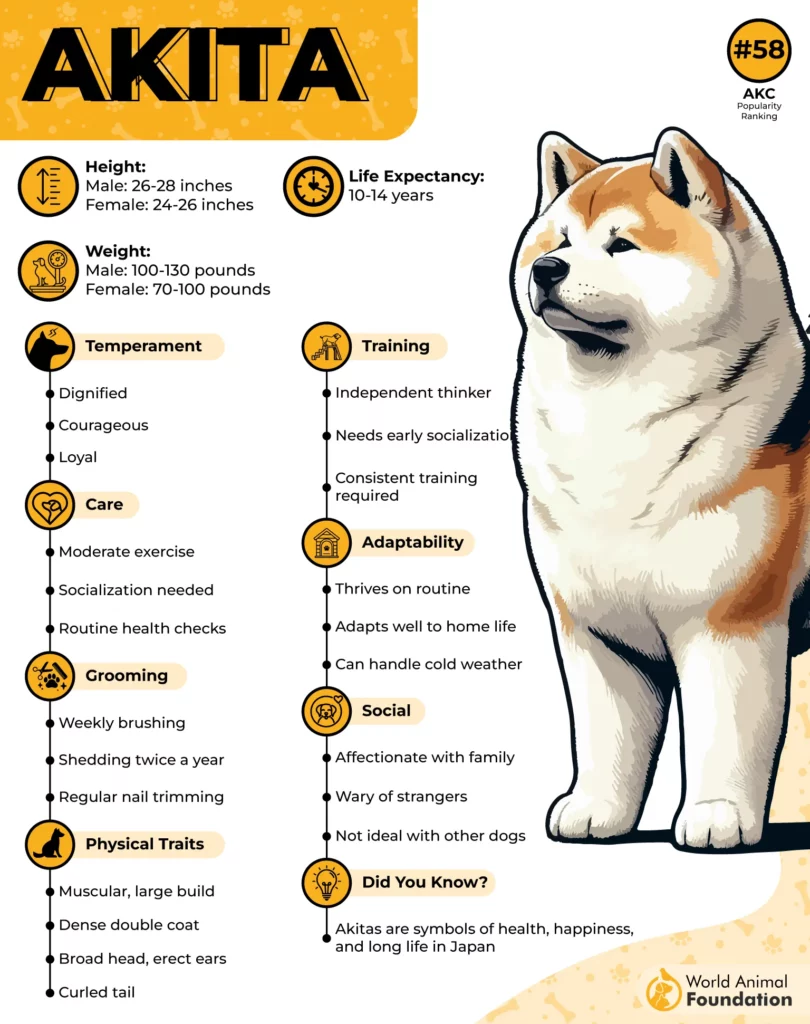
Weight That Reflects Power
On average, a male Kangal dog weighs between 110 to 145 pounds, often outweighing many large breeds. In contrast, male Akitas usually range between 100 to 130 pounds. The difference becomes noticeable in body structure and build.
Muscle Density and Frame
Kangals have a lean, muscular frame designed for agility and endurance across rugged terrains. Akitas, while strong, carry more bulk and a denser coat, built for different work conditions. This contrast reflects their breeding purposes over the centuries.
Proportions That Match Function
Kangals have longer legs in proportion to their bodies, giving them greater stride and reach. Akitas tend to be more compact with a blockier structure. These physical traits align directly with the jobs they were historically bred to perform.
Akita vs. Kangal: Learning Capacity and Cognitive Ability
How they respond to commands
Akitas can follow basic commands reliably, especially when bonded closely with their handler. However, they often pause before reacting, analyzing the situation. In contrast, Kangals tend to respond faster to commands during active scenarios, showing quick decision-making under pressure.
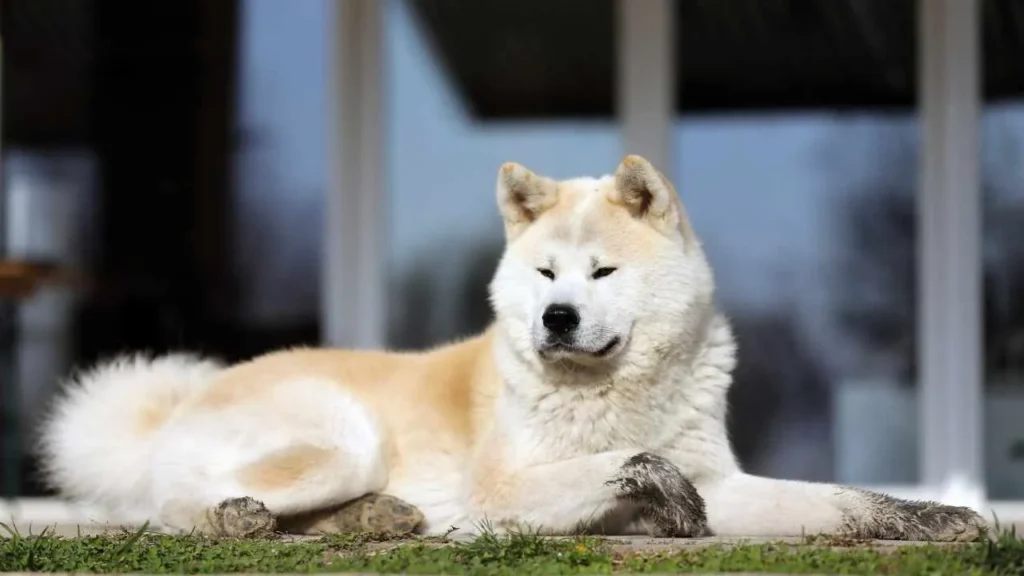
Independent thinkers vs attentive learners
When comparing their learning styles, Akitas show a quiet, observant nature that absorbs more than it shows. They may not always act immediately, but they’ve watched and remembered what mattered. Kangals are more task-oriented and respond well to consistency during training.
Repetition, routine, and mental focus
Kangals perform best with structured repetition and mentally stimulating activities. They focus on what’s necessary and filter out distractions, especially when something is about to happen. Akitas may seem slower to warm up, but their focus sharpens with routine and patience.
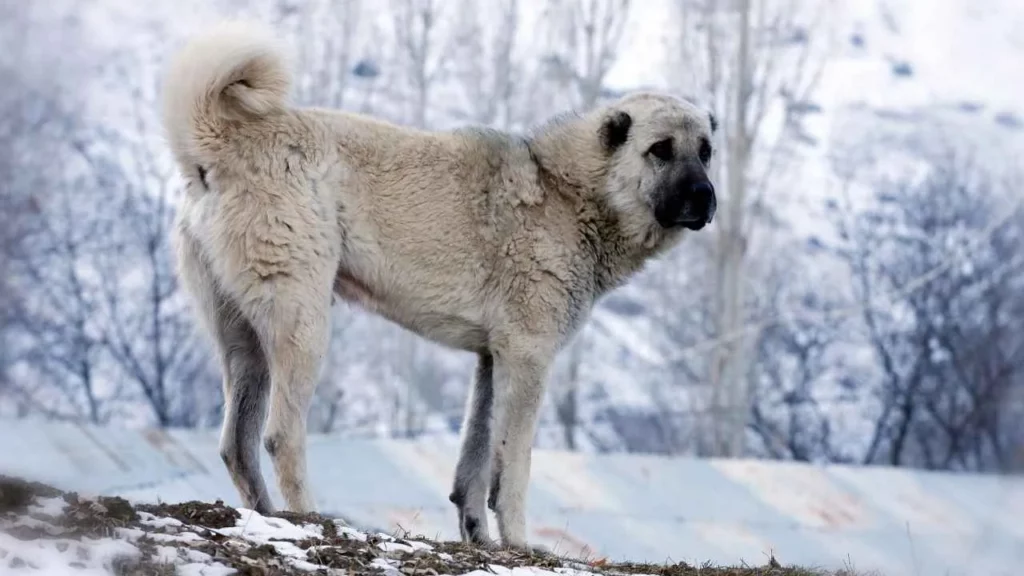
Learning curve from puppy to adult
As a puppy, the Akita tends to be more reserved and thoughtful, often observing before engaging. Kangal pups, while more energetic, are surprisingly fast at picking up basic training steps. Both breeds benefit from early command practice, but their approach to learning remains quite different.
Akita vs. Kangal: Energy Level and Play Drive
Akita’s focus-driven energy
Akitas have a steady, deliberate energy that reflects their working roots and loyalty to their owner. They’re not hyperactive, but they do need purposeful activity to stay balanced. With other dogs, they can be selective, so early socialization and control are key.
Kangal’s instinctive drive
Kangals carry strong natural energy from their guardian background, built more for patrolling than playful bursts. They’re calm indoors but will stay alert in open spaces or around unfamiliar dog breeds. Their energy is not excessive, but it’s deeply rooted in protective instincts.
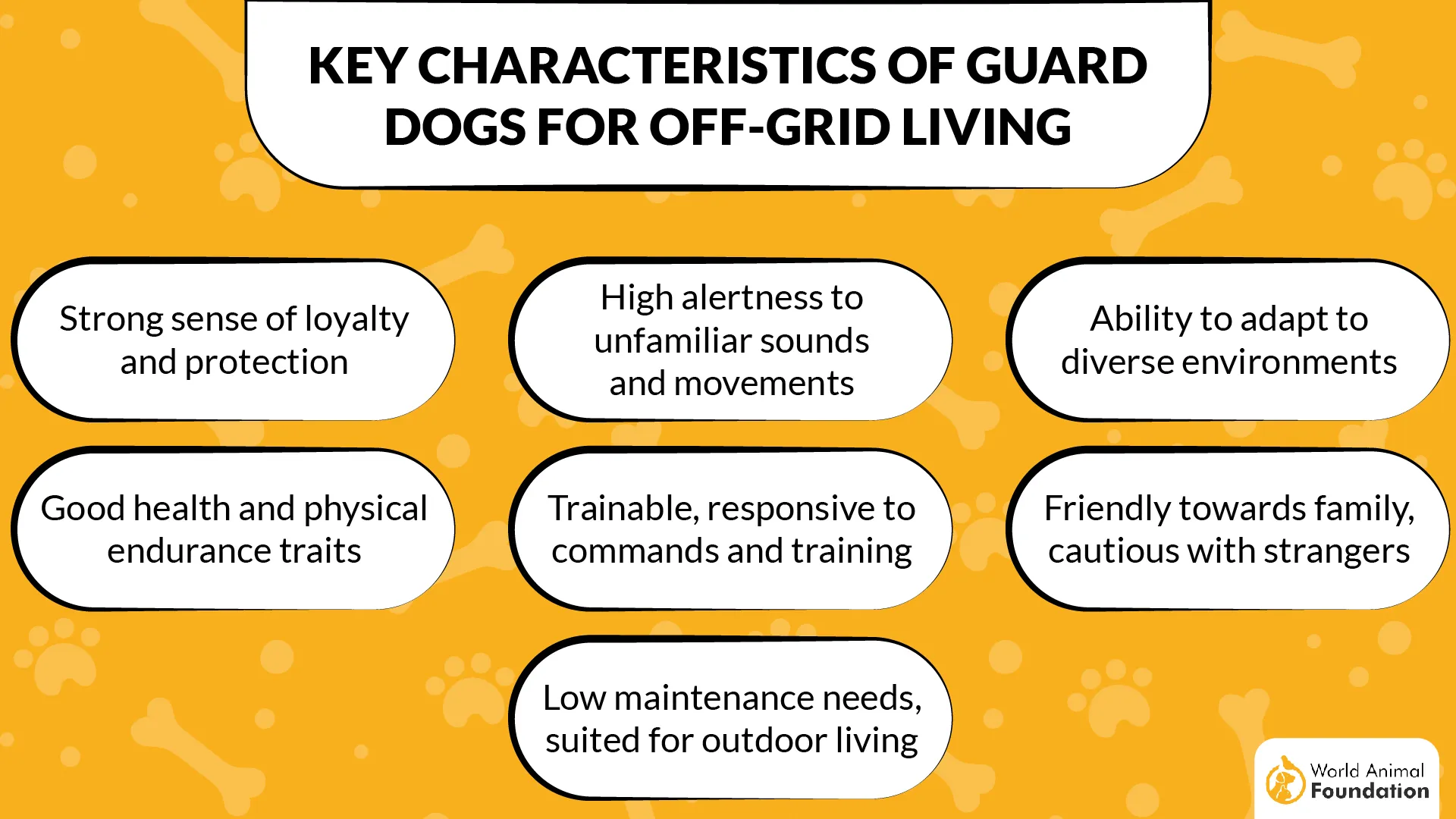
Play preferences and intensity
Neither breed is overly playful with strangers or new pets, but they bond deeply with their family. While Akitas may enjoy interactive games with their trusted people, Kangals are more task-driven than toy-driven. Both are generally reserved when it comes to rowdy play.
Matching activity to lifestyle
These breeds suit experienced owners who understand how to match structured exercise with firm leadership. They’re not typical “dog park” types but thrive with meaningful daily routines. For a calm, confident household, they offer loyalty without demanding constant attention.
Akita vs. Kangal: Jaw Strength and Bite Traits
Power rooted in purpose
The Akita’s bite force averages around 350–400 PSI, developed from a history of guarding and hunting in harsh climates, as PDSA claims. Its strength is purposeful, meant to hold rather than crush. This trait reflects its protective instincts and deep loyalty to its handler.
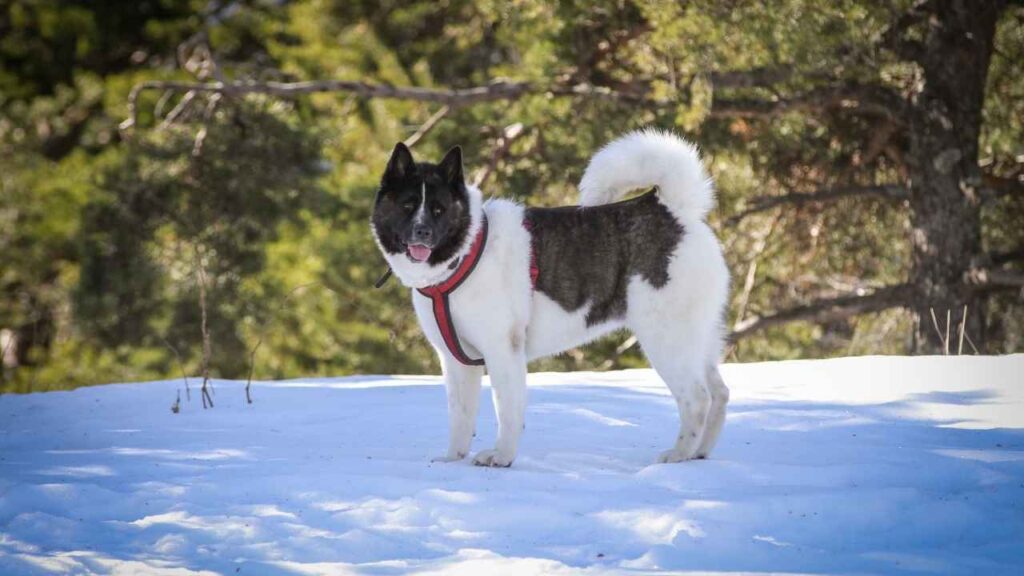
Kangal’s legendary jaw strength
The Kangal stands out with a recorded bite force that exceeds 743 PSI in some tests. This remarkable strength evolved from centuries of livestock guarding against serious predators. It’s not just about power—it’s about the precision needed to neutralize threats quickly.
Temperament behind the bite
While both breeds have impressive bite capabilities, their temperaments influence how that power is used. Akitas tend to be more reserved and selective in engagement, often relying on posture rather than force. Kangals, calm but territorial, are more likely to engage when defending livestock or space.
Structure and physical leverage
The Akita’s broad head and muscular jaws support a steady grip, useful in holding intruders or prey. Kangal’s larger frame and longer muzzle give it leverage for both reach and clamping power. Each breed’s jaw strength ties back to its working heritage and physical build.
Akita vs. Kangal: Wellness and Longevity
Natural resilience and breed-specific strengths
Both breeds are generally strong and resilient, but their health concerns differ based on lineage and environment. Akitas are more prone to autoimmune disorders, while Kangals have fewer hereditary issues when bred responsibly. Genetics play a major role in shaping their long-term wellness.
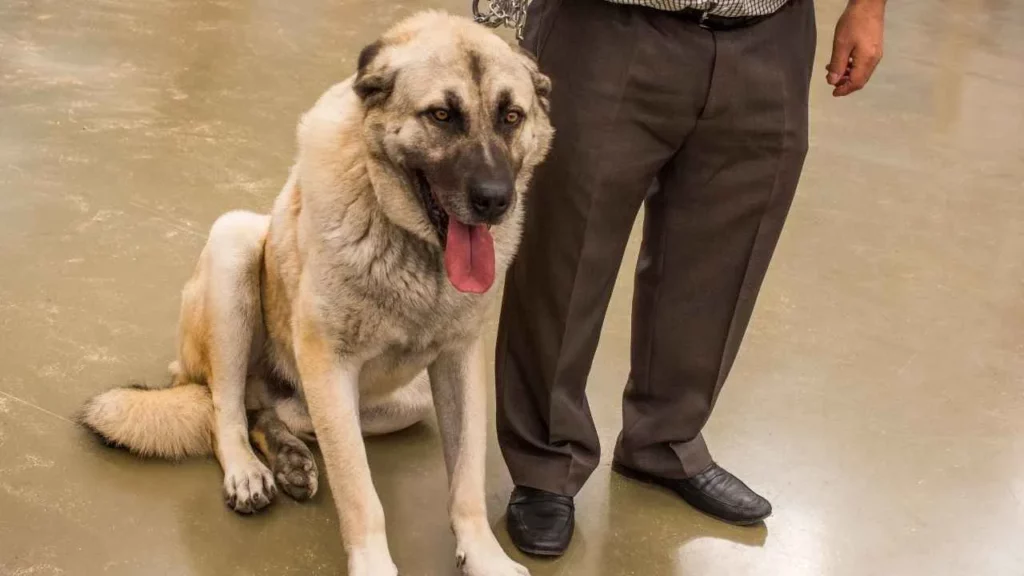
Average lifespan and influencing factors
Akitas tend to live around 10–13 years, but stress and poor nutrition can shorten that. Kangals typically reach 12–15 years when raised in active, spacious environments. Regular health screenings and lifestyle consistency help extend those numbers.
Activity level and physical upkeep
Akitas need consistent moderate exercise to maintain their joint health and muscle tone. Kangals, being livestock guardians, thrive with open space and purpose-driven movement. Inactivity can lead to early wear and behavioral stress in both.

Preventive care and wellness habits
Regular vet checkups, parasite control, and weight monitoring are essential for both breeds. Early screening for thyroid issues in Akitas or hip evaluation in Kangals can catch problems before they escalate. Preventive care is what truly shapes their quality of life over time.
Conclusion
At first glance, the Akita and the Kangal might seem like different shapes of the same idea: big, powerful, and protective. But when you dig into the details, their differences run deep.
The Turkish Kangal is a working guardian by nature, tuned for outdoor life, movement, and territory defense. The American Akita, on the other hand, is more introspective, less about covering ground, more about loyalty behind closed doors.
Choosing between them isn’t just about looks or strength. It’s about behavior, your lifestyle, and what you expect in a companion. If you’re searching for a dog that pulls its weight without constant training, one of these two may pull you in the right direction.
Just be sure to visit experienced breeders or owners before making your decision. Owning either breed is serious business, and the commitment starts long before that first paw ever hits your floor.


